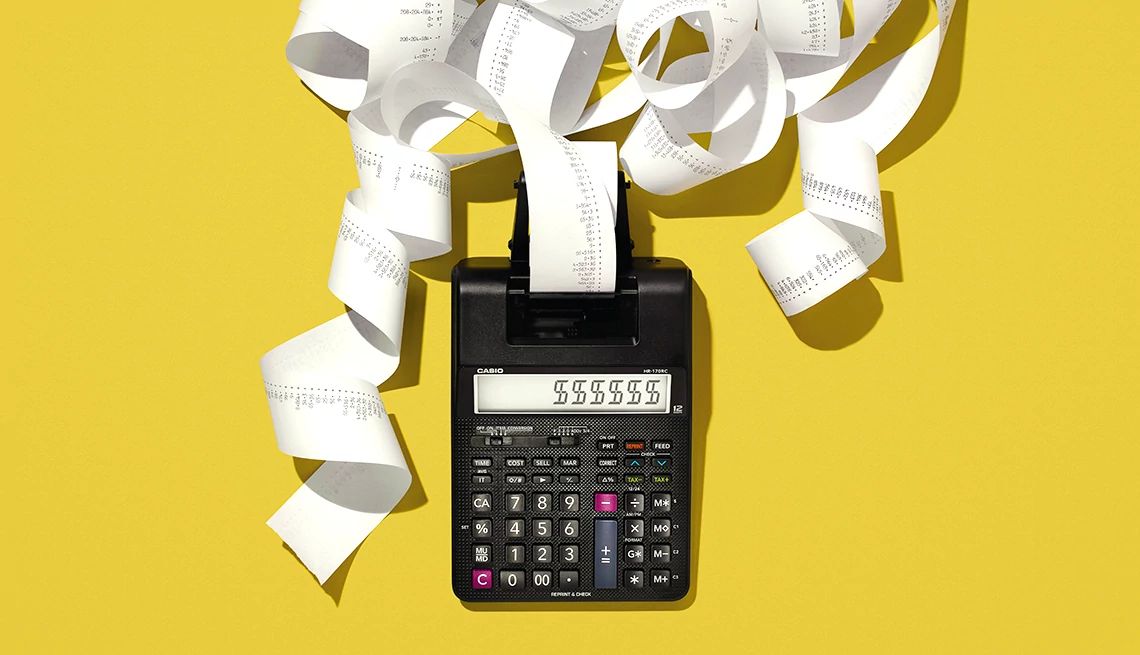Staying Fit


Financial advisers usually tell you that it’s bad to get a big tax refund. A refund, after all, is money you paid the government that you didn’t owe. You could have used that money during the tax year instead of giving it to Uncle Sam in the form of an interest-free loan.
If taxpayers have heard that advice, most have probably just nodded along and continued making plans for spending their tax refund. An estimated 75 percent of taxpayers will get a refund during the current tax year, and those refunds will average $2,700 apiece.


AARP Membership— $12 for your first year when you sign up for Automatic Renewal
Get instant access to members-only products and hundreds of discounts, a free second membership, and a subscription to AARP the Magazine.
The IRS says the key to getting your tax refund fast is to file early — and file electronically. Typically, you can get a refund within 21 days after the IRS has accepted the return, provided there are no mistakes on the tax form.
Here are 10 things every taxpayer needs to know about filing taxes this year.
1. Taxes are due April 15
Believe it or not, federal income taxes haven’t been due on April 15 since the 2019 filing season, thanks to various holidays, quirks of the calendar and other unusual events, (think: pandemic). For the 2024 filing season, however, the deadline is April 15 — with a few exceptions.
Estimate Your 2023 Taxes
AARP’s tax calculator can help you predict what you’re likely to pay for the 2023 tax year.
If you lived in a declared disaster area, the IRS may have given you an extension. You can find the areas with extensions available through the IRS. Residents of Maine and Massachusetts have until April 17 due to respective state holidays.
2. It’s easy to get an extension
You can get an automatic filing extension for your 2023 tax return until Oct. 15. All you have to do is fill out and file IRS Form 4868 by April 15. The catch – and it’s a big one – is that you must pay your taxes by April 15, even if you have an extension. But you’ll dodge the failure to file penalty, which is much higher than the failure to pay penalty.
The penalty for late filing is 5 percent of the amount due each month, and the failure to pay is 0.5 percent a month, and maxes out at 25 percent. (When both penalties are levied in the same month, the total penalty is 5 percent a month: 4.5 percent for failure to file and 0.5 percent for failure to pay.) You’ll also owe 8 percent interest on the unpaid taxes.
3. There’s a special tax form for seniors
If you’re having trouble reading IRS Form 1040 — your main income tax form — consider IRS Form 1040 SR, U.S. Tax Return for Seniors, which is designed for older taxpayers with aging eyes. The form has larger type than the regular 1040. It also has a chart for calculating your standard deduction — a good way to ensure that taxpayers 65 and older take the larger standard deduction to which they are entitled.




































































More From AARP
Grab These After-50 Tax Breaks
Put more away for retirement, pay less in taxes2024 IRS Tax Deadlines You Can’t Afford to Miss
Is Tax Day April 15 this year? When are estimated taxes due? Our IRS filing calendar has the answers9 States With No Income Tax
Don’t overlook other state taxesRecommended for You